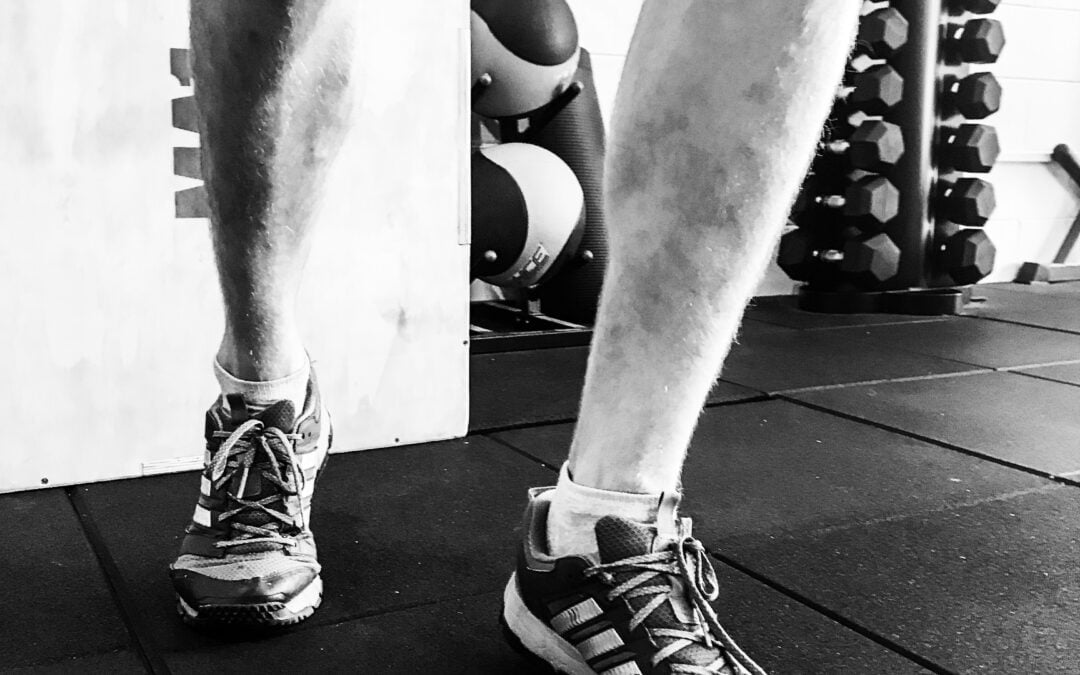4 Tips To Beat Shin Splints & Run Pain Free
Running and exercise is fantastic and has many, many benefits for your health and also wellbeing, but sometimes injuries creep in. Shin splints typically refers to inflammation of the muscle attachment to the shin bone, but pain in the shin can also be caused by bone stress fracture, issues with circulation, nerve entrapments and tendon pain. If in doubt seek a professional diagnosis…

Don’t do too much too soon!
If you are new to running (or returning from an extended break!), it will take some time to build your distance safely. Your bones, tendons and muscles need to be gradually and consistently exposed to faster and longer runs so that they have time to adapt (get stronger and better endurance). Every runner is different but a simple rule for beginners is to start with 20-30 minutes of walking and running (walk 60 seconds, jog 60 seconds, repeat). Gradually increase your running time and reduce your walking time over 4-6 weeks.
Use supportive footwear!
Incorrect footwear is another big reason that runners get sore shins. Minimalist shoes are popular amongst runners (and non runners) but it doesn’t necessarily mean they are the right fit for you! Not sure which is the right shoe for you? Get professional advice as it could save you months of pain and frustration! Our team of podiatrists at Torquay Sports Medicine have up to date knowledge on current range of footwear and orthotic devices.
And throw out your old, worn shoes!


Strengthen and train your glutes!
Your deep glutes are a group of muscles that control how much your hip rotates and therefore how much your knee can track inwards. A simple test of how well your glutes are working to control your knee is the single leg squat – can you keep your hips level and your knee in line with your toes? The picture shows a bad technique.
Glute control and activation exercises like crab walks, lunges and step ups are amazingly effective exercises at improving how efficient your glutes are and should be a part of EVERY runner’s training program.
Roll out your tightness
Foam rolling, while initially uncomfortable, is one of the easiest ways to keep on top of tight muscles. Aim to roll out your calves, hamstrings and quadriceps for about a minute on each area. The best time to use your roller is the day following a run.
If you are still struggling, regular myotherapy can help release those stubborn points.
The team at Torquay Sports Medicine are trained in biomechanical assessment and running analysis. If you are a runner struggling with shin splints, or any other pain, we would be excited to help! Book online today!

